博客导读:
《ai—工程篇》
ai智能体研发之路-工程篇(一):docker助力ai智能体开发提效
ai智能体研发之路-工程篇(二):dify智能体开发平台一键部署
ai智能体研发之路-工程篇(三):大模型推理服务框架ollama一键部署
ai智能体研发之路-工程篇(四):大模型推理服务框架xinference一键部署
ai智能体研发之路-工程篇(五):大模型推理服务框架localai一键部署
《ai—模型篇》
ai智能体研发之路-模型篇(一):大模型训练框架llama-factory在国内网络环境下的安装、部署及使用
ai智能体研发之路-模型篇(二):deepseek-v2-chat 训练与推理实战
目录
1.引言
先分享dify项目的github:https://github.com/langgenius/dify
“项目由前腾讯云devops团队成员创建。我们发现基于openai的api开发gpt应用程序有些麻烦。凭借我们多年在开发者效率工具方面的研发经验,我们希望能够让更多的人使用自然语言开发有趣的应用程序。”
dify由10+全职团队和100+社区贡献者共同维护,迭代非常快,我下载的时候还是0.6.3,现在已经升级为0.6.6,基本上每周都会升级一个版本。
我认为,了解dify以及其中依赖的上下游技术、架构,利用dify快速建立ai智能体demo原型,其实对推进ai智能体开发是有意义的。今天我先简要介绍一下dify的部署过程,后面的篇幅会具体分享基于dify的ai智能体开发经验,以及ai智能体开发所依赖的底层技术。
2.docker compose一行命令部署dify
首先将dify项目下载至服务器上,
git clone https://github.com/langgenius/dify.git项目主要分为api(后端)和web(前端)两大部分,具体代码后面再分析,进入docker目录
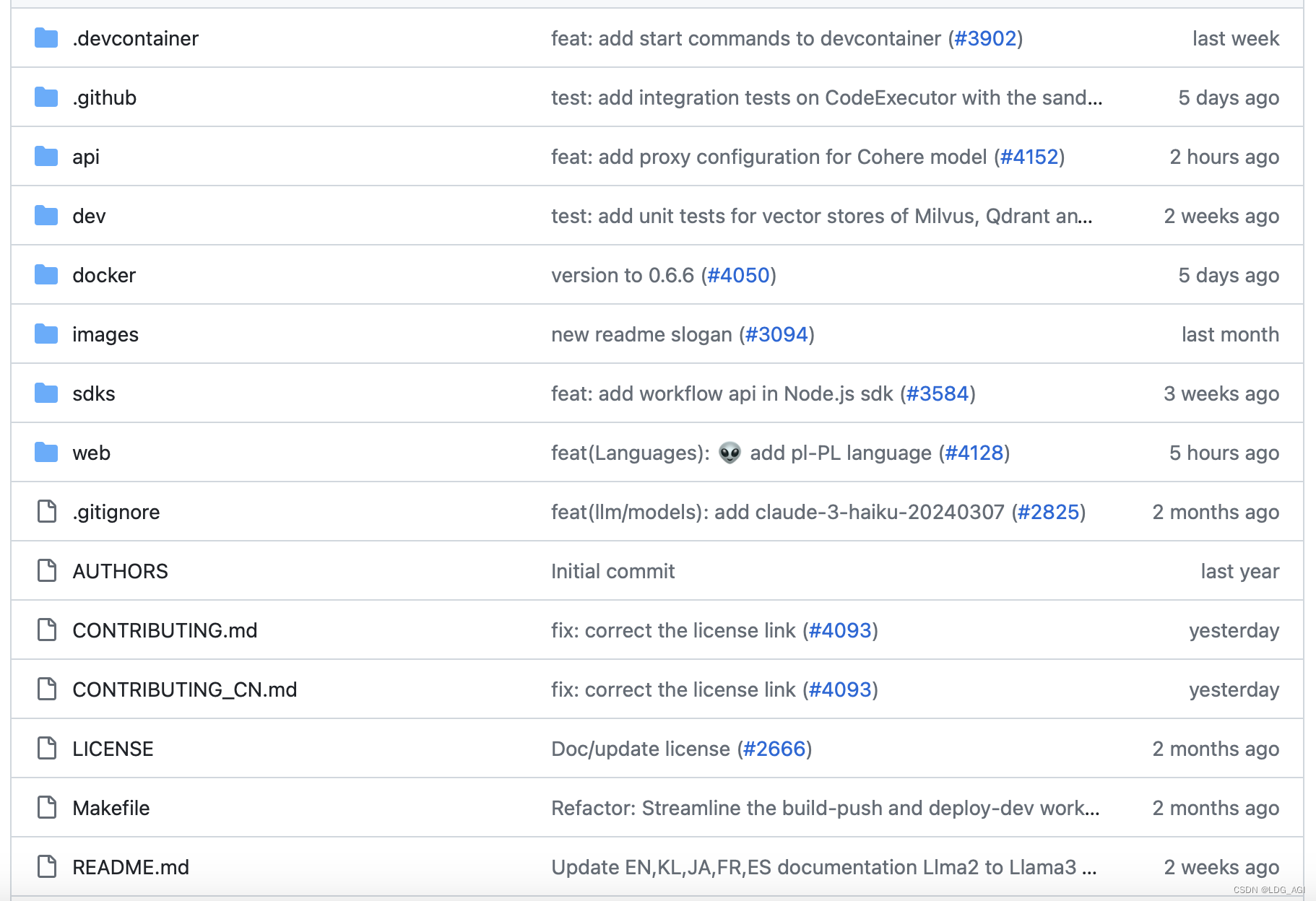
cd docker目录中包含几个文件,docker-compose.yaml可以通过docker compose直接启动所有服务和依赖,docker-compose.middleware.yaml可以先启动依赖的关系数据库、向量数据库等组件,再单独启动api和web端,隔离做得可以说太棒了。
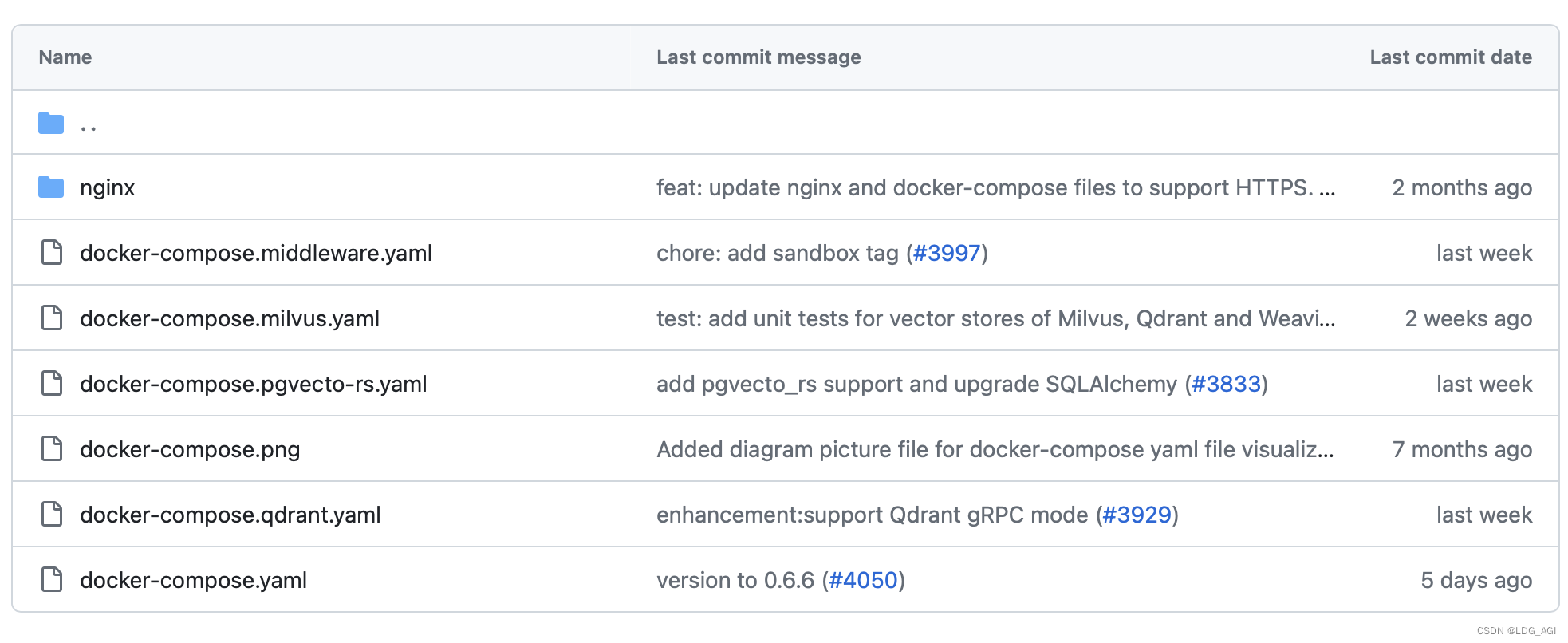
先看一下docker-compose.yaml的源码
version: '3'
services:
# api service
api:
image: langgenius/dify-api:0.6.6
restart: always
environment:
# startup mode, 'api' starts the api server.
mode: api
# the log level for the application. supported values are `debug`, `info`, `warning`, `error`, `critical`
log_level: info
# a secret key that is used for securely signing the session cookie and encrypting sensitive information on the database. you can generate a strong key using `openssl rand -base64 42`.
secret_key: sk-9f73s3ljtxvcmt3blb3ljtqtskighxvcmt3blbkfjlk7u
# the base url of console application web frontend, refers to the console base url of web service if console domain is
# different from api or web app domain.
# example: http://cloud.dify.ai
console_web_url: ''
# password for admin user initialization.
# if left unset, admin user will not be prompted for a password when creating the initial admin account.
init_password: ''
# the base url of console application api server, refers to the console base url of web service if console domain is
# different from api or web app domain.
# example: http://cloud.dify.ai
console_api_url: ''
# the url prefix for service api endpoints, refers to the base url of the current api service if api domain is
# different from console domain.
# example: http://api.dify.ai
service_api_url: ''
# the url prefix for web app frontend, refers to the web app base url of web service if web app domain is different from
# console or api domain.
# example: http://udify.app
app_web_url: ''
# file preview or download url prefix.
# used to display file preview or download url to the front-end or as multi-model inputs;
# url is signed and has expiration time.
files_url: ''
# when enabled, migrations will be executed prior to application startup and the application will start after the migrations have completed.
migration_enabled: 'true'
# the configurations of postgres database connection.
# it is consistent with the configuration in the 'db' service below.
db_username: postgres
db_password: difyai123456
db_host: db
db_port: 5432
db_database: dify
# the configurations of redis connection.
# it is consistent with the configuration in the 'redis' service below.
redis_host: redis
redis_port: 6379
redis_username: ''
redis_password: difyai123456
redis_use_ssl: 'false'
# use redis db 0 for redis cache
redis_db: 0
# the configurations of celery broker.
# use redis as the broker, and redis db 1 for celery broker.
celery_broker_url: redis://:difyai123456@redis:6379/1
# specifies the allowed origins for cross-origin requests to the web api, e.g. https://dify.app or * for all origins.
web_api_cors_allow_origins: '*'
# specifies the allowed origins for cross-origin requests to the console api, e.g. https://cloud.dify.ai or * for all origins.
console_cors_allow_origins: '*'
# csrf cookie settings
# controls whether a cookie is sent with cross-site requests,
# providing some protection against cross-site request forgery attacks
#
# default: `samesite=lax, secure=false, httponly=true`
# this default configuration supports same-origin requests using either http or https,
# but does not support cross-origin requests. it is suitable for local debugging purposes.
#
# if you want to enable cross-origin support,
# you must use the https protocol and set the configuration to `samesite=none, secure=true, httponly=true`.
#
# the type of storage to use for storing user files. supported values are `local` and `s3` and `azure-blob` and `google-storage`, default: `local`
storage_type: local
# the path to the local storage directory, the directory relative the root path of api service codes or absolute path. default: `storage` or `/home/john/storage`.
# only available when storage_type is `local`.
storage_local_path: storage
# the s3 storage configurations, only available when storage_type is `s3`.
s3_endpoint: 'https://xxx.r2.cloudflarestorage.com'
s3_bucket_name: 'difyai'
s3_access_key: 'ak-difyai'
s3_secret_key: 'sk-difyai'
s3_region: 'us-east-1'
# the azure blob storage configurations, only available when storage_type is `azure-blob`.
azure_blob_account_name: 'difyai'
azure_blob_account_key: 'difyai'
azure_blob_container_name: 'difyai-container'
azure_blob_account_url: 'https://<your_account_name>.blob.core.windows.net'
# the google storage configurations, only available when storage_type is `google-storage`.
google_storage_bucket_name: 'yout-bucket-name'
google_storage_service_account_json_base64: 'your-google-service-account-json-base64-string'
# the type of vector store to use. supported values are `weaviate`, `qdrant`, `milvus`, `relyt`.
vector_store: weaviate
# the weaviate endpoint url. only available when vector_store is `weaviate`.
weaviate_endpoint: http://weaviate:8080
# the weaviate api key.
weaviate_api_key: wvf5ythahlkywhgusmcrgsx3td5ngdn8pkih
# the qdrant endpoint url. only available when vector_store is `qdrant`.
qdrant_url: http://qdrant:6333
# the qdrant api key.
qdrant_api_key: difyai123456
# the qdrant client timeout setting.
qdrant_client_timeout: 20
# the qdrant client enable grpc mode.
qdrant_grpc_enabled: 'false'
# the qdrant server grpc mode port.
qdrant_grpc_port: 6334
# milvus configuration only available when vector_store is `milvus`.
# the milvus host.
milvus_host: 127.0.0.1
# the milvus host.
milvus_port: 19530
# the milvus username.
milvus_user: root
# the milvus password.
milvus_password: milvus
# the milvus tls switch.
milvus_secure: 'false'
# relyt configurations
relyt_host: db
relyt_port: 5432
relyt_user: postgres
relyt_password: difyai123456
relyt_database: postgres
# mail configuration, support: resend, smtp
mail_type: ''
# default send from email address, if not specified
mail_default_send_from: 'your email from (eg: no-reply <no-reply@dify.ai>)'
smtp_server: ''
smtp_port: 587
smtp_username: ''
smtp_password: ''
smtp_use_tls: 'true'
# the api-key for resend (https://resend.com)
resend_api_key: ''
resend_api_url: https://api.resend.com
# the dsn for sentry error reporting. if not set, sentry error reporting will be disabled.
sentry_dsn: ''
# the sample rate for sentry events. default: `1.0`
sentry_traces_sample_rate: 1.0
# the sample rate for sentry profiles. default: `1.0`
sentry_profiles_sample_rate: 1.0
# notion import configuration, support public and internal
notion_integration_type: public
notion_client_secret: you-client-secret
notion_client_id: you-client-id
notion_internal_secret: you-internal-secret
# the sandbox service endpoint.
code_execution_endpoint: "http://sandbox:8194"
code_execution_api_key: dify-sandbox
code_max_number: 9223372036854775807
code_min_number: -9223372036854775808
code_max_string_length: 80000
template_transform_max_length: 80000
code_max_string_array_length: 30
code_max_object_array_length: 30
code_max_number_array_length: 1000
depends_on:
- db
- redis
volumes:
# mount the storage directory to the container, for storing user files.
- ./volumes/app/storage:/app/api/storage
# uncomment to expose dify-api port to host
# ports:
# - "5001:5001"
# worker service
# the celery worker for processing the queue.
worker:
image: langgenius/dify-api:0.6.6
restart: always
environment:
# startup mode, 'worker' starts the celery worker for processing the queue.
mode: worker
# --- all the configurations below are the same as those in the 'api' service. ---
# the log level for the application. supported values are `debug`, `info`, `warning`, `error`, `critical`
log_level: info
# a secret key that is used for securely signing the session cookie and encrypting sensitive information on the database. you can generate a strong key using `openssl rand -base64 42`.
# same as the api service
secret_key: sk-9f73s3ljtxvcmt3blb3ljtqtskighxvcmt3blbkfjlk7u
# the configurations of postgres database connection.
# it is consistent with the configuration in the 'db' service below.
db_username: postgres
db_password: difyai123456
db_host: db
db_port: 5432
db_database: dify
# the configurations of redis cache connection.
redis_host: redis
redis_port: 6379
redis_username: ''
redis_password: difyai123456
redis_db: 0
redis_use_ssl: 'false'
# the configurations of celery broker.
celery_broker_url: redis://:difyai123456@redis:6379/1
# the type of storage to use for storing user files. supported values are `local` and `s3` and `azure-blob`, default: `local`
storage_type: local
storage_local_path: storage
# the s3 storage configurations, only available when storage_type is `s3`.
s3_endpoint: 'https://xxx.r2.cloudflarestorage.com'
s3_bucket_name: 'difyai'
s3_access_key: 'ak-difyai'
s3_secret_key: 'sk-difyai'
s3_region: 'us-east-1'
# the azure blob storage configurations, only available when storage_type is `azure-blob`.
azure_blob_account_name: 'difyai'
azure_blob_account_key: 'difyai'
azure_blob_container_name: 'difyai-container'
azure_blob_account_url: 'https://<your_account_name>.blob.core.windows.net'
# the type of vector store to use. supported values are `weaviate`, `qdrant`, `milvus`, `relyt`.
vector_store: weaviate
# the weaviate endpoint url. only available when vector_store is `weaviate`.
weaviate_endpoint: http://weaviate:8080
# the weaviate api key.
weaviate_api_key: wvf5ythahlkywhgusmcrgsx3td5ngdn8pkih
# the qdrant endpoint url. only available when vector_store is `qdrant`.
qdrant_url: http://qdrant:6333
# the qdrant api key.
qdrant_api_key: difyai123456
# the qdrant clinet timeout setting.
qdrant_client_timeout: 20
# the qdrant client enable grpc mode.
qdrant_grpc_enabled: 'false'
# the qdrant server grpc mode port.
qdrant_grpc_port: 6334
# milvus configuration only available when vector_store is `milvus`.
# the milvus host.
milvus_host: 127.0.0.1
# the milvus host.
milvus_port: 19530
# the milvus username.
milvus_user: root
# the milvus password.
milvus_password: milvus
# the milvus tls switch.
milvus_secure: 'false'
# mail configuration, support: resend
mail_type: ''
# default send from email address, if not specified
mail_default_send_from: 'your email from (eg: no-reply <no-reply@dify.ai>)'
# the api-key for resend (https://resend.com)
resend_api_key: ''
resend_api_url: https://api.resend.com
# relyt configurations
relyt_host: db
relyt_port: 5432
relyt_user: postgres
relyt_password: difyai123456
relyt_database: postgres
# notion import configuration, support public and internal
notion_integration_type: public
notion_client_secret: you-client-secret
notion_client_id: you-client-id
notion_internal_secret: you-internal-secret
depends_on:
- db
- redis
volumes:
# mount the storage directory to the container, for storing user files.
- ./volumes/app/storage:/app/api/storage
# frontend web application.
web:
image: langgenius/dify-web:0.6.6
restart: always
environment:
# the base url of console application api server, refers to the console base url of web service if console domain is
# different from api or web app domain.
# example: http://cloud.dify.ai
console_api_url: ''
# the url for web app api server, refers to the web app base url of web service if web app domain is different from
# console or api domain.
# example: http://udify.app
app_api_url: ''
# the dsn for sentry error reporting. if not set, sentry error reporting will be disabled.
sentry_dsn: ''
# uncomment to expose dify-web port to host
# ports:
# - "3000:3000"
# the postgres database.
db:
image: postgres:15-alpine
restart: always
environment:
pguser: postgres
# the password for the default postgres user.
postgres_password: difyai123456
# the name of the default postgres database.
postgres_db: dify
# postgres data directory
pgdata: /var/lib/postgresql/data/pgdata
volumes:
- ./volumes/db/data:/var/lib/postgresql/data
# uncomment to expose db(postgresql) port to host
# ports:
# - "5432:5432"
healthcheck:
test: [ "cmd", "pg_isready" ]
interval: 1s
timeout: 3s
retries: 30
# the redis cache.
redis:
image: redis:6-alpine
restart: always
volumes:
# mount the redis data directory to the container.
- ./volumes/redis/data:/data
# set the redis password when startup redis server.
command: redis-server --requirepass difyai123456
healthcheck:
test: [ "cmd", "redis-cli", "ping" ]
# uncomment to expose redis port to host
# ports:
# - "6379:6379"
# the weaviate vector store.
weaviate:
image: semitechnologies/weaviate:1.19.0
restart: always
volumes:
# mount the weaviate data directory to the container.
- ./volumes/weaviate:/var/lib/weaviate
environment:
# the weaviate configurations
# you can refer to the [weaviate](https://weaviate.io/developers/weaviate/config-refs/env-vars) documentation for more information.
query_defaults_limit: 25
authentication_anonymous_access_enabled: 'false'
persistence_data_path: '/var/lib/weaviate'
default_vectorizer_module: 'none'
cluster_hostname: 'node1'
authentication_apikey_enabled: 'true'
authentication_apikey_allowed_keys: 'wvf5ythahlkywhgusmcrgsx3td5ngdn8pkih'
authentication_apikey_users: 'hello@dify.ai'
authorization_adminlist_enabled: 'true'
authorization_adminlist_users: 'hello@dify.ai'
# uncomment to expose weaviate port to host
# ports:
# - "8080:8080"
# the difysandbox
sandbox:
image: langgenius/dify-sandbox:0.1.0
restart: always
cap_add:
# why is sys_admin permission needed?
# https://docs.dify.ai/getting-started/install-self-hosted/install-faq#id-16.-why-is-sys_admin-permission-needed
- sys_admin
environment:
# the difysandbox configurations
api_key: dify-sandbox
gin_mode: release
worker_timeout: 15
# qdrant vector store.
# uncomment to use qdrant as vector store.
# (if uncommented, you need to comment out the weaviate service above,
# and set vector_store to qdrant in the api & worker service.)
# qdrant:
# image: langgenius/qdrant:v1.7.3
# restart: always
# volumes:
# - ./volumes/qdrant:/qdrant/storage
# environment:
# qdrant_api_key: 'difyai123456'
# # uncomment to expose qdrant port to host
# # ports:
# # - "6333:6333"
# # - "6334:6334"
# the nginx reverse proxy.
# used for reverse proxying the api service and web service.
nginx:
image: nginx:latest
restart: always
volumes:
- ./nginx/nginx.conf:/etc/nginx/nginx.conf
- ./nginx/proxy.conf:/etc/nginx/proxy.conf
- ./nginx/conf.d:/etc/nginx/conf.d
#- ./nginx/ssl:/etc/ssl
depends_on:
- api
- web
ports:
- "80:80"
#- "443:443"主要包含如下几个模块及docker镜像
- api:langgenius/dify-api:0.6.6
- worker:langgenius/dify-api:0.6.6
- web:langgenius/dify-web:0.6.6
- db:postgres:15-alpine
- redis:redis:6-alpine
- weaviate:semitechnologies/weaviate:1.19.0
- sandbox:langgenius/dify-sandbox:0.1.0
- nginx:nginx:latest
docker compose一键部署安装
docker compose up -d从dockerhub逐个pulling依赖镜像,感觉还挺爽的
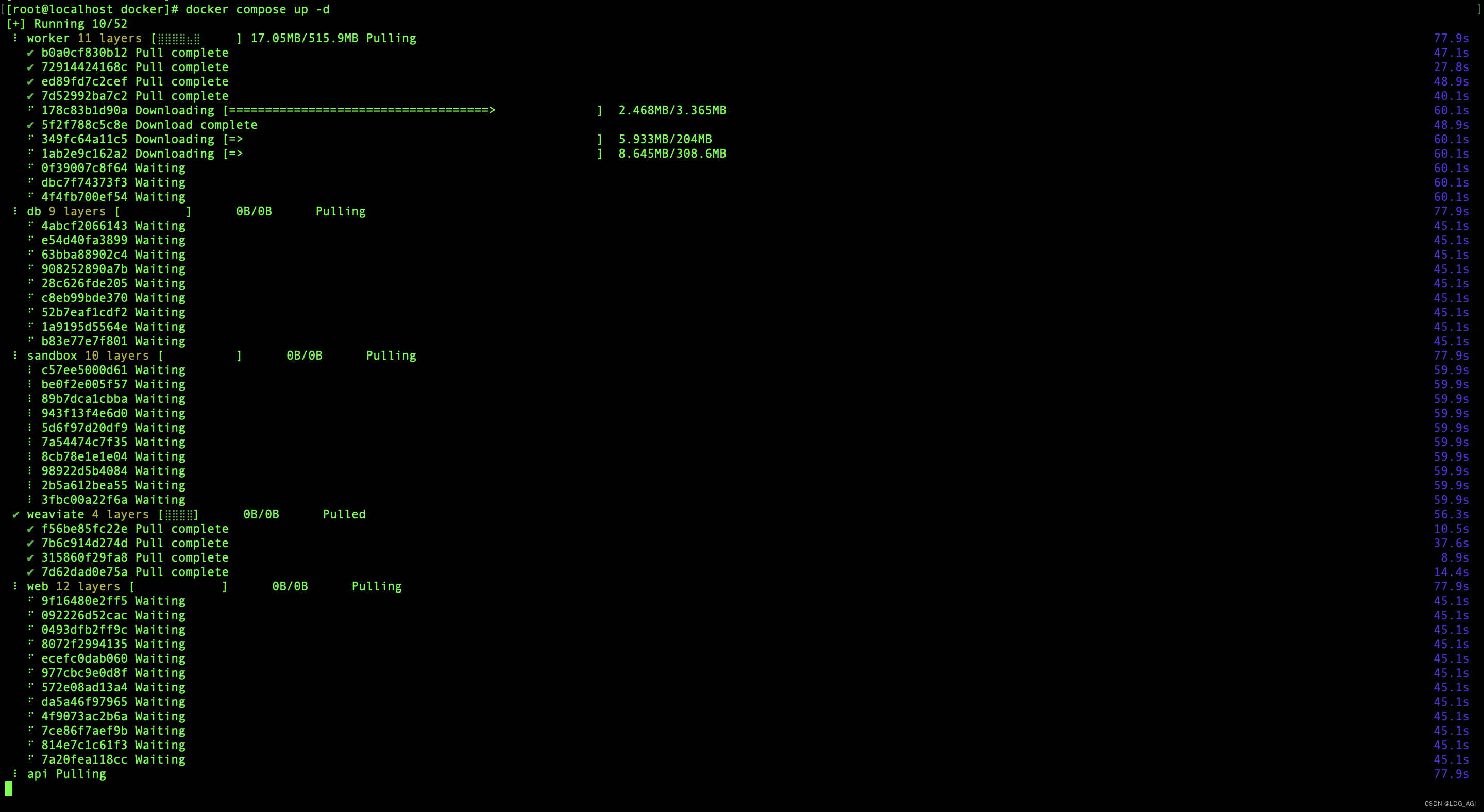
等待镜像下载部署完成后,打开webui:123.123.123.123:80,默认占用80端口,可以在docker compose配置文件中更改nignx端口。
经过账号初始化等工作后,欢迎来到dify工作界面,就是这么丝滑
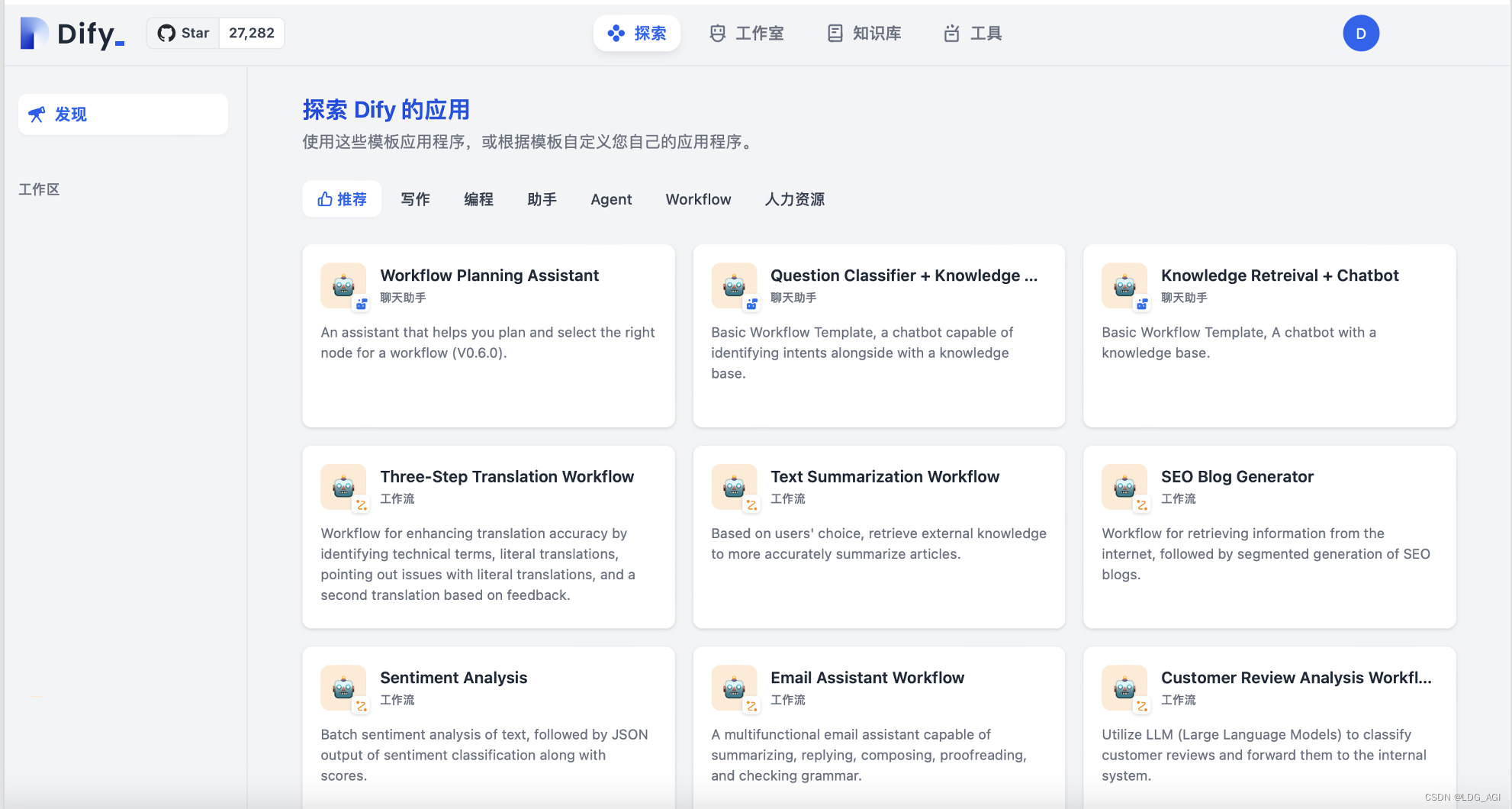
3.dify主要特色
3.1多种大语言模型集成
相较于fastgpt+oneapi的方案,集成度更高:
- 大模型厂商模型:仅需到大模型厂商注册账号,申请鉴权apikey,即可快速体验比较每个大模型厂商的优劣,项目还贴心的附带了每个厂商的注册跳转链接,每个厂商基本都会给几百万的token用于测试。
- 本地部署模型:支持xinference,ollama,openllm,localai等推理框架部署的模型一键接入
- huggingface开源模型:只需配置apikey和模型名字即可接入,不过要求服务器能翻墙噢
- openai-api-compatible:接入兼容openai规范的api,目前xinference,openllm等很多推理框架,都是直接支持openai api接口规范的,但对于每家大模型厂商,一般都要设计自己的规范,可能是想构建生态,或者是与众不同?这里多说一下:对于国内互联网中小厂,如果不自建大模型,可能要试用或买入多加公司的大模型,多加大模型给多个业务部门使用,就要有一个代理平台专门计算成本,这个平台最好对业务暴露的是兼容openai的api接口,如果不是的话,当接入dify平台时,就需要包一层与openai兼容的api接口。

3.2丰富工具内置+自定义工具支持
dify内置了包含搜索引擎、天气预报、维基百科、sd等工具,同时自定义工具的配置化接入,团队成员一人接入,全组复用,高效!

3.3工作流
只需连接各个节点,既能在几分钟内快速完成ai智能体创作,且逻辑非常清晰。
3.4agent 编排
编写提示词,导入知识库,添加工具,选择模型,运行测试,发布为api,一条龙创作!
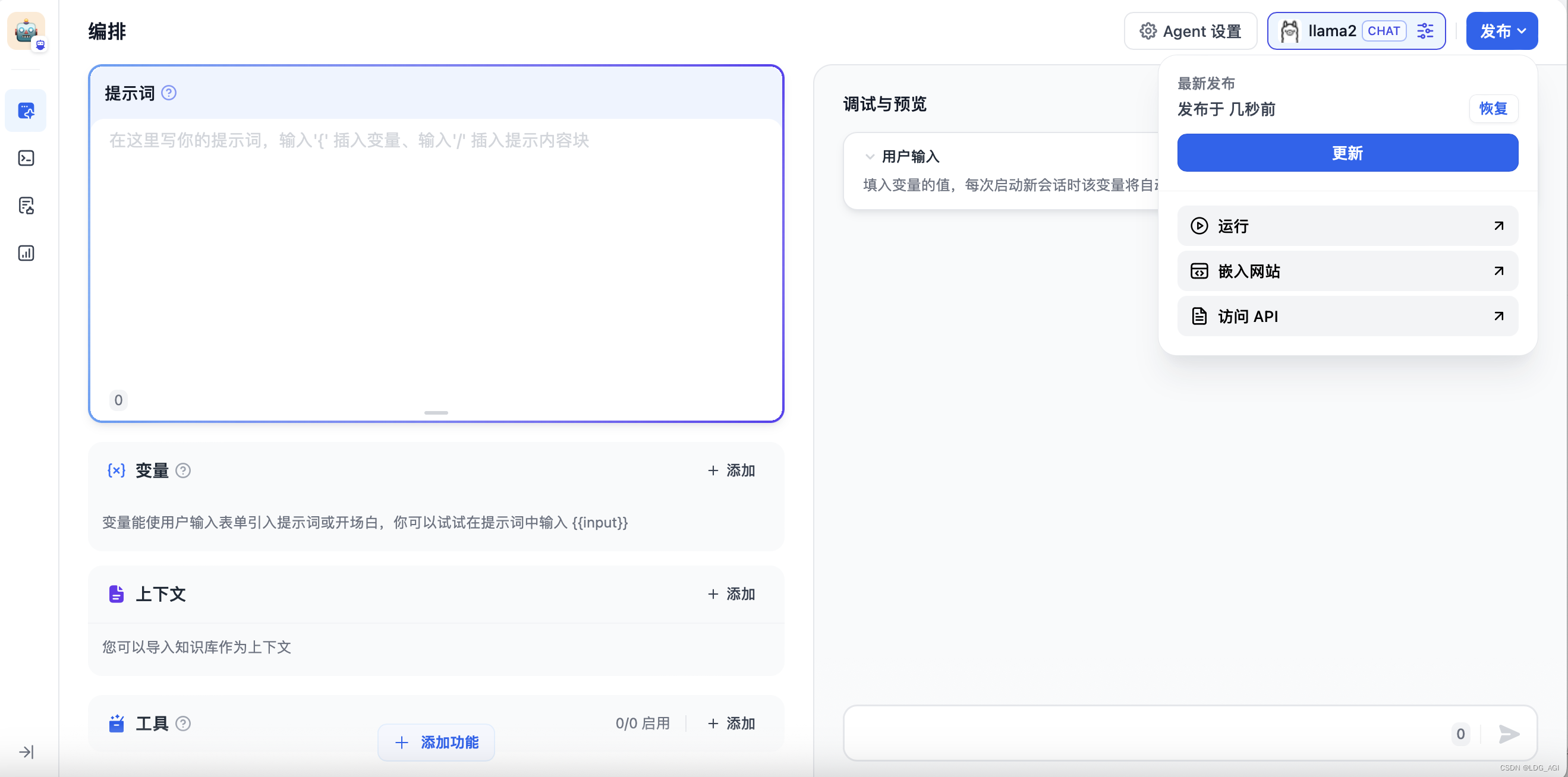
还有很多特色,在此不再赘述了,附上一张官方的表格吧

4.总结
临下班了,本来只是想参加个话题活动,洋洋洒洒几千字。可能加入了太多感慨吧。希望感兴趣的朋友可以关注我、点赞、收藏和评论,您的鼓励是我持续码字的动力。
本文首先结合自己的工作写了一些对agent ai智能体的见解,接着介绍了dify框架快捷部署的过程,最后阐述了dify框架的特点。个人认为dify的发展会让agent ai智能体开发提效,涌现更多有趣有价值的ai应用。
最后,写一下我对未来ai智能体发展的看法吧,从流量与用户来看,2000年-2004年,以新浪、搜狐、网易为代表的门户网站是流量入口,2004年-2014年,以百度为代表的搜索引擎是流量入口,2014-2024,以抖音、快手、微博、小红书为代表的移动互联网推荐系统是流量入口,抓住了流量入口就抓住了用户,抓住了用户就抓住了商业变现。2024-未来,极大的可能出现一家基于ai的平台型企业,通过ai智能体抓住流量,比如你要去哪玩,ai智能体在为你做出规划的过程中,夹杂酒店、航班的广告私货,你想吃什么,ai智能体夹杂着饭店的广告私货。
ai领域,乾坤未定,你我皆是黑马。
如果对ai感兴趣,可以接着看看我的其他文章:
《ai—工程篇》
ai智能体研发之路-工程篇(一):docker助力ai智能体开发提效
ai智能体研发之路-工程篇(二):dify智能体开发平台一键部署
ai智能体研发之路-工程篇(三):大模型推理服务框架ollama一键部署
ai智能体研发之路-工程篇(四):大模型推理服务框架xinference一键部署
ai智能体研发之路-工程篇(五):大模型推理服务框架localai一键部署
《ai—模型篇》

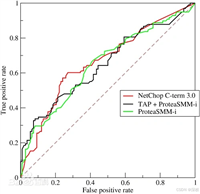

发表评论